Kenya - Katito Demo Site

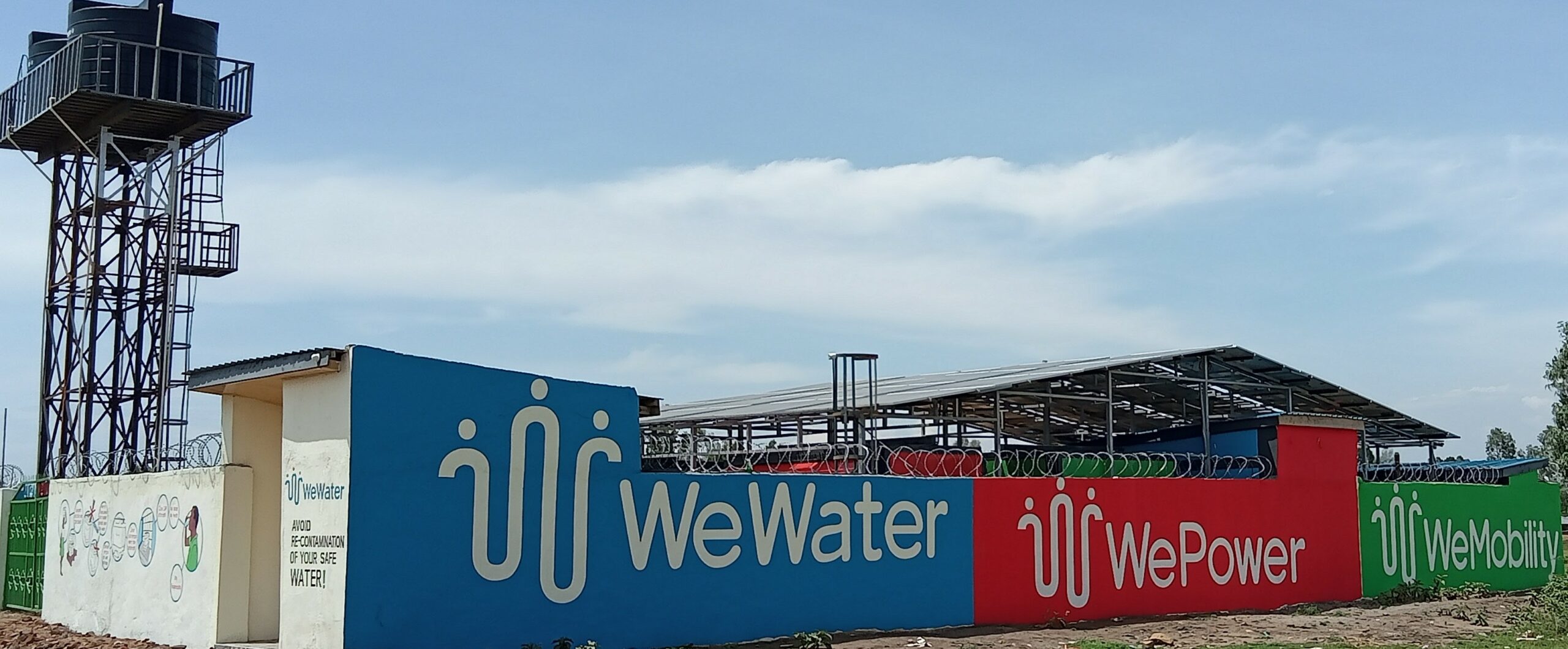
Demo site description
The Katito Demo Site focuses on addressing pressing community needs by implementing innovative use cases for solar energy. Water scarcity, elevated levels of fluoride, and the presence of contaminants in surface and groundwater sources pose significant challenges in the region. These issues frequently result in outbreaks of waterborne diseases and raise public health concerns within the area. The solar-powered water system of the site addresses this issue by offering prepaid ATM water dispensers that provide clean and treated water.
In terms of mobility, the demo site is currently testing electric boda bodas, which provide a sustainable option in an area where fuel costs are a concern. In rural and peri-urban areas such as Katito, the presence of unreliable and costly grid electricity poses a major obstacle. The self-sustaining solar system of the demo site addresses this issue by providing a stable and cost-effective power supply, which is particularly important in an area where the reliability of grid power is a concern. By effectively harnessing solar energy and piloting innovative use cases and appliances the demo site offers a sustainable solution to tackle Katito’s urgent issues.
Demo site activities
Currently, within Katito’s unique socio-economic context, two innovative pilot use cases are being implemented in the Demo Site.
1. The site is testing and piloting an electric mobility use case as a sustainable affordable transportation solution to the rising fuel costs that are impacting peri-urban populations. Electric motorcycles (boda boda), also referred to as e-bikes, are equipped with retrofitted electric drivetrains. E-bikes function as an environmentally friendly substitute for conventional fuel-based motorcycles, promoting ecological preservation while offering economically viable transportation options fuelled by solar power.
2. Utilising Solar Energy for Potable Water: The demo site is fitted with a highly efficient solar water pumping technology that harnesses solar power to pump and treat groundwater. The water is then stored within specifically designated tanks and undergoes a purification procedure utilising reverse osmosis. After the purifying process, the water is transferred to storage tanks located at higher elevations. From there, it is distributed to water ATMs through a system that relies on gravity known as a gravity flow system. This water is then distributed and dispensed a series of prepaid ATM water dispensers that guarantees the availability of potable water that is both clean and accessible at all times.
Description of the problem addressed
In Katito, there is a lack of sustainable energy access, which exacerbates social inequalities and hinders economic and social development.
The scarcity of clean water is a pressing concern. Much of the community depends on surface water from rivers, which are frequently contaminated as a result of inadequate land use and management practices in the Lake Victoria basin. On the other hand, boreholes are sometimes utilised, although they frequently have elevated levels of fluoride, which presents an additional health hazard. The absence of clean water contributes to the prevalence of waterborne diseases, making up approximately 80% of communicable diseases in the area.
Fossil fuel-based transportation poses yet another challenge. Relying on petrol and diesel vehicles leads to increased fuel expenses for community members and contributes to the deterioration of the environment. The emissions produced by these vehicles contribute to air pollution, which has negative effects on both public health and the environment.
Demo Site objectives
1
Sustainable energy access: Establish self-sufficient solar hubs in peri-urban areas, equipped with solar panels, battery storage, and necessary infrastructure for powering various use cases appliances such as solar water pumping, fishing lanterns, electric two-wheelers, and other equipment. Incorporate water pumping and purification systems to provide access to clean and safe drinking water.
2
Conduct Testing and Validation of Business Models for Productive Use: Perform real-world experiments to test different scenarios in the practical implementation of solar energy, such as water purification, electric mobility, and agricultural uses. Utilise innovative methods to evaluate the economic feasibility and long-term sustainability of different use cases and appliances through sharing and circular economy practices.
3
Foster the adoption of Circular Economy practices: Collaborate with local users to jointly develop and implement strategies for energy storage component creation and reutilisation, with a specific emphasis on maximising the lifespan of lithium battery cells. Additionally, establish dedicated e-waste management centres to ensure responsible electric waste recycling practices.
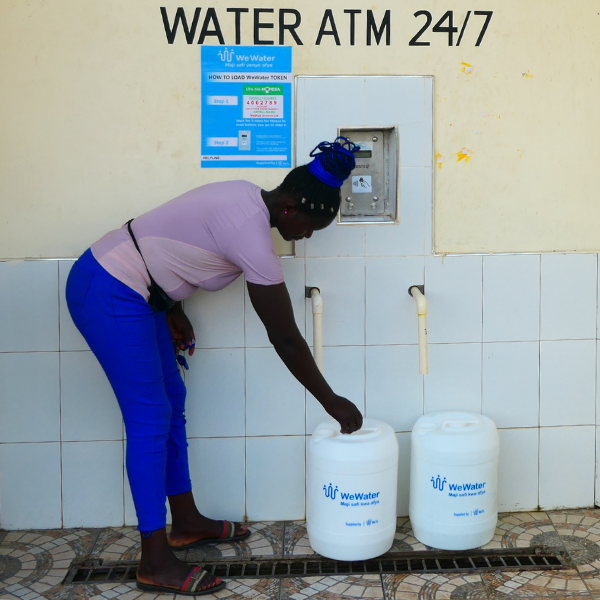
Technology being tested
Self-sustaining solar energy system. The solar energy is used to pump and treat water as well as to power e-bikes.
Number of assets
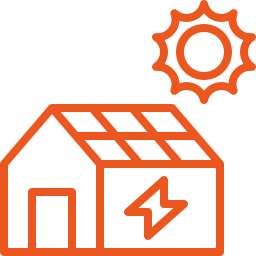
Solar roofs
64 (33.992 kWp)

Batteries
24 (106 kWh)
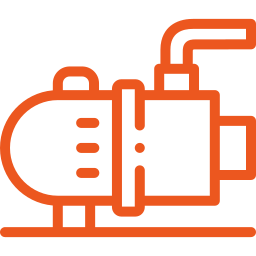
Water pumps
1 (submersible)
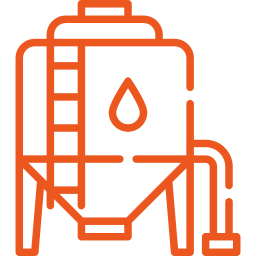
Water tanks
5 (50,000 L)
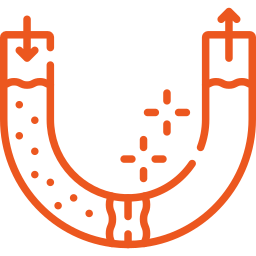
reverse osmosis system
1 (6 m3/h)
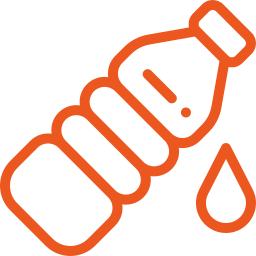
Water atm
5 (20 L for 15 kshs)
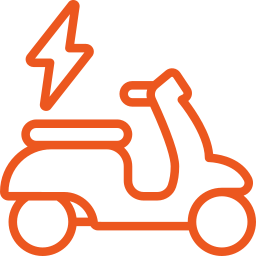
e-motorbikes
6
DEMO SITE’S OUTCOMES
The SESA project’s interventions in peri-urban Katito have successfully addressed energy and water access challenges and demonstrated the viability of integrated solar solutions tailored for an urbanizing context.
Objective 1: Establishing sustainable energy access in Katito
SESA established a robust stand-alone AC-coupled solar charging hub in Katito, serving as a central power source for various essential services. This hub integrates 64 solar modules (570Wp each) for a total installed capacity of 36.48 kWp, supported by 24 lead-acid OPzS batteries providing 106.848 kWh of energy storage. This infrastructure has been critical in powering:
- Solar-powered reverse osmosis water purification of borehole water, delivered via a cashless digital water ATM network.
- Electric two-wheeler (boda boda) motorcycles, offering a cleaner and more efficient transport solution.
- Electric-powered three-wheelers (tuk tuks) for last-mile delivery of clean water to homesteads, extending access beyond the ATMs.
Objective 2: Testing and validation of business models for productive use in Katito
- Electric Boda Boda Battery Swapping: This model evolved into an energy-as-a-service solution, allowing riders in Katito to pay only for consumed energy, significantly increasing affordability and accessibility compared to traditional rental fees.
- Clean Safe Water ATMs and E-Three-Wheeler Deliveries: This model ensured reliable access to purified water through direct sales via 24-hour self-service ATMs and efficient last-mile deliveries, integrating robust technology with sustainable service provision.
Objective 3: Fostering the adoption of circular economy practices in Katito
SESA prioritized the integration of circular economy principles within its operations in Katito, particularly focusing on responsible waste management and component lifecycle extension.
- WeTu, the operational team, implemented a circular economy approach to ensure recycling and repurposing to extend the lifecycle of components such as batteries and electric motors.
- A significant e-waste collection initiative was launched in Katito and surrounding areas, promoting safe disposal and preventing environmental contamination.
Quantifiable Impact in Katito
Battery swapping for EV two-wheelers
1583 battery swaps
620 Kg/year of CO₂ emissions reduced
534 Kg/year of PM reduced
Solar PV hub with battery banks
2884 Kg/year of CO₂ emissions reduced
E-waste collected
1.3 tons of electronic waste successfully collected from Katito and its surrounding communities
Coverage
347 000 km of cleaner urban mobility
Gender balance
Progress towards gender inclusion was observed with 1/7 of of electric two-wheelers riders being female
Solar water ATM
3.7 Kg/year of CO₂ emissions reduced





